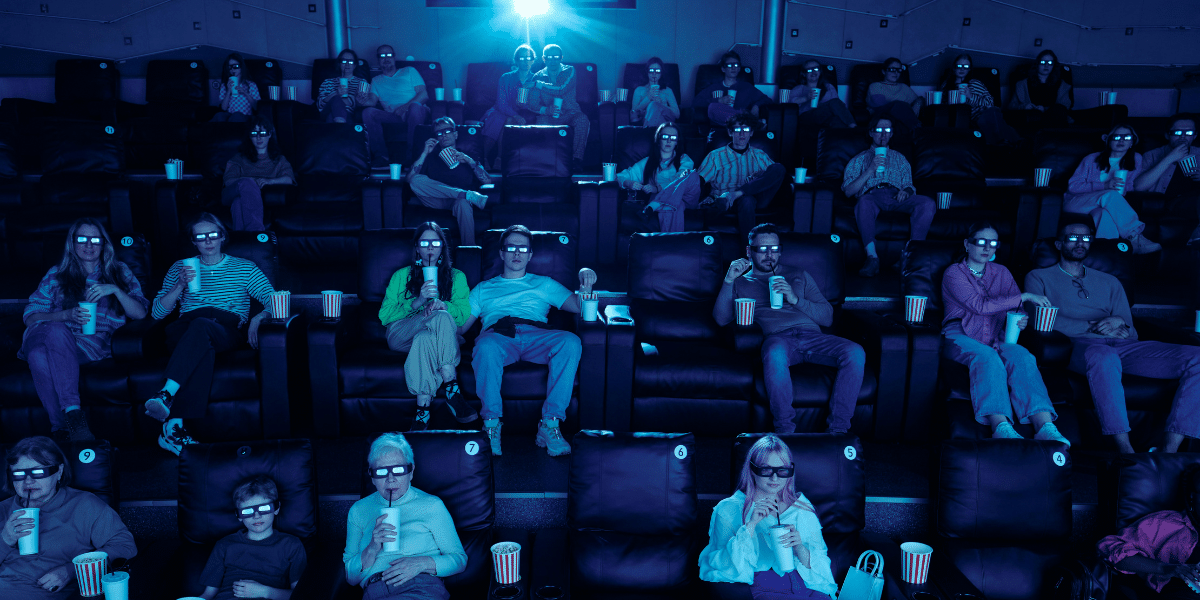Recasting in film sequels is a common occurrence in Hollywood, where original actors are replaced with new ones for various reasons. Understanding why sequels sometimes lead to recasting involves exploring multiple factors, including scheduling conflicts, contract disputes, creative decisions, and personal choices of the actors involved. This article delves into the primary reasons behind recasting in sequels, examining how each factor influences the decision-making process.
Scheduling Conflicts
One of the most prevalent reasons for recasting in sequels is scheduling conflicts. Successful actors often have multiple projects lined up, and coordinating their availability with the production schedule of a sequel can be challenging. When an actor’s schedule does not align with the sequel’s timeline, producers may be forced to find a replacement to keep the project on track.
Actors may have overlapping commitments that make it impossible to participate in a sequel. For instance, they might be involved in a long-term television series or another film franchise that requires their full attention. In such cases, producers might opt to recast the role to ensure that the sequel proceeds without significant delays.
Contract Disputes
Contract disputes are another common reason for recasting. These disputes can arise from disagreements over salary, profit shares, or other contractual terms. If negotiations between the actor and the production company break down, the producers might decide to recast the role to avoid further complications and keep the project within budget.
After a successful initial film, actors might demand higher salaries for their participation in the sequel. If the production company is unable or unwilling to meet these demands, they may choose to cast a different actor who agrees to the proposed terms. This financial consideration helps manage the overall budget and allocate resources effectively.
Creative Decisions with Recasting
Creative decisions can also lead to recasting in sequels. Directors and producers might have a specific artistic vision that necessitates a change in the cast. They may feel that a different actor could better portray the character’s evolution or bring a new dynamic to the role that aligns with the sequel’s direction.
As a story progresses, the character might undergo significant changes that require a different portrayal. Producers might feel that the original actor no longer fits the character’s new attributes or development arc. In such cases, recasting helps achieve the desired character transformation and enhances the narrative continuity.
Personal Choices
Actors sometimes make personal career choices that lead to recasting. They might decide to pursue other opportunities that they find more exciting or lucrative. This decision can be based on the desire to diversify their portfolio, work with different directors, or explore new genres.
Personal reasons, such as health issues, family commitments, or a desire for a break from acting, can also lead to an actor stepping down from a role. When an actor chooses to prioritize personal matters over professional commitments, producers must recast the role to ensure the sequel moves forward.
Audience Reception
Audience reception to an actor’s performance can influence recasting decisions. If an actor’s portrayal of a character in the original film received mixed or negative reviews, producers might decide to cast a different actor in the sequel to improve the character’s reception and overall audience satisfaction.
In some cases, fan expectations play a crucial role in recasting. Producers might recast a role if they believe that a new actor could better meet the expectations and preferences of the fanbase. This approach aims to enhance the sequel’s appeal and ensure its success among viewers.
Budget Constraints
Budget constraints often necessitate recasting. As sequels typically involve higher production costs, producers might seek to reduce expenses by casting less expensive actors. This financial strategy helps manage the budget effectively while still delivering a high-quality film.
Balancing costs is essential for the financial viability of a sequel. Producers must consider various budgetary factors, including special effects, locations, and marketing. Recasting roles with actors who accept lower fees allows more resources to be allocated to other critical aspects of the production.
Recasting in film sequels is influenced by a variety of factors, including scheduling conflicts, contract disputes, creative decisions, personal choices, audience reception, and budget constraints. Each of these factors plays a significant role in the decision-making process, ultimately shaping the cast of a sequel. Understanding these reasons provides insight into the complexities of film production and the challenges involved in maintaining continuity while adapting to changing circumstances. As the film industry continues to evolve, recasting will remain a common practice, reflecting the dynamic nature of storytelling and filmmaking.






